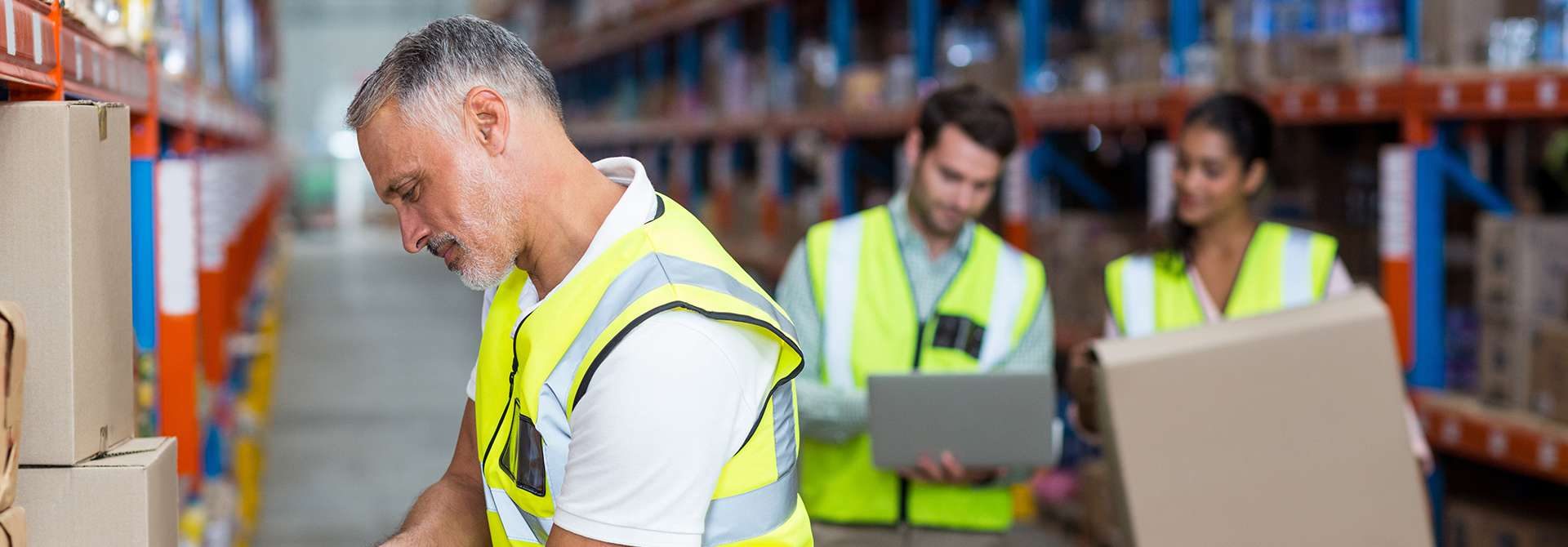As a result of the challenges of 2020, manufacturing will shift dramatically this year. The new and unique needs resulting from the pandemic are driving these changes. Manufacturers will need to embrace change to stay ahead of competitors and win market share in the industry. To thrive, manufacturers must leverage the latest technology and trends. Manufacturing is changing in 2021, and here are a few reasons why.
Employee Safety
Expect the COVID-19 safety guidelines to continue in 2021. Adherence will require a significant amount of time, effort and resources. The vaccine will undoubtedly help the manufacturing industry get back to normal. However, we will not see the effects for some time, so manufacturers must continue social distancing in the workplace, restricting visitors and encouraging effective hygiene. The pandemic is a significant challenge that will continue to affect the industry this year.
Localized Production
The industrial manufacturing industry will adopt the farm-to-table trend currently prevalent in the agriculture business and shift to localized production. Manufacturers will move their production activity closer to the customers to get products to markets faster, lower working capital, and manage government policies and resiliency. Due to the challenges of 2020, there is urgency in adopting this style.
Digital Transformation
The pandemic has taught all companies many lessons. Manufacturing’s challenges include the vulnerability of relying on labor, access to physical space, and centralized factories in other countries producing goods. However, advanced technology such as sensors, machine learning, robotics, cloud computing, and edge computing helps manufacturing supply chains. Production lines pose unique challenges, and technology advancements will allow them to diversify their operations.
High Expectations From Consumers
The demand for products increases, pressuring manufacturers to produce goods faster, more efficiently and at a lower cost than ever before. Customer service is prioritizing personalized experiences, radical transparency, and rapid response. Consumers are getting accustomed to this type of service and will continue to demand it in the future. Look for high mix/low volume manufacturing with a focus on data-driven insights.
Investment in the Workforce
Automation is not replacing the workforce. It is creating new work opportunities. With production moving close to consumers and advanced technology, look for better higher-paying jobs for factory workers. Investing in employees is a top priority now that policymakers are focusing on economic recovery and job creation.
Sustainability As a Selling Point
Expect efforts to make manufacturing more sustainable with efficient factories, the creation of green jobs and a cutback on the high volume of waste. Distributed networks of smaller, local, and energy-efficient factories will reduce energy consumption by utilizing shorter transportation routes to customers.
If your facility is wishing to partner with top manufacturing agencies, consider SI Staffing. The staffing professionals at SI Staffing can provide top-quality manufacturing employees to address your unique manufacturing needs.


